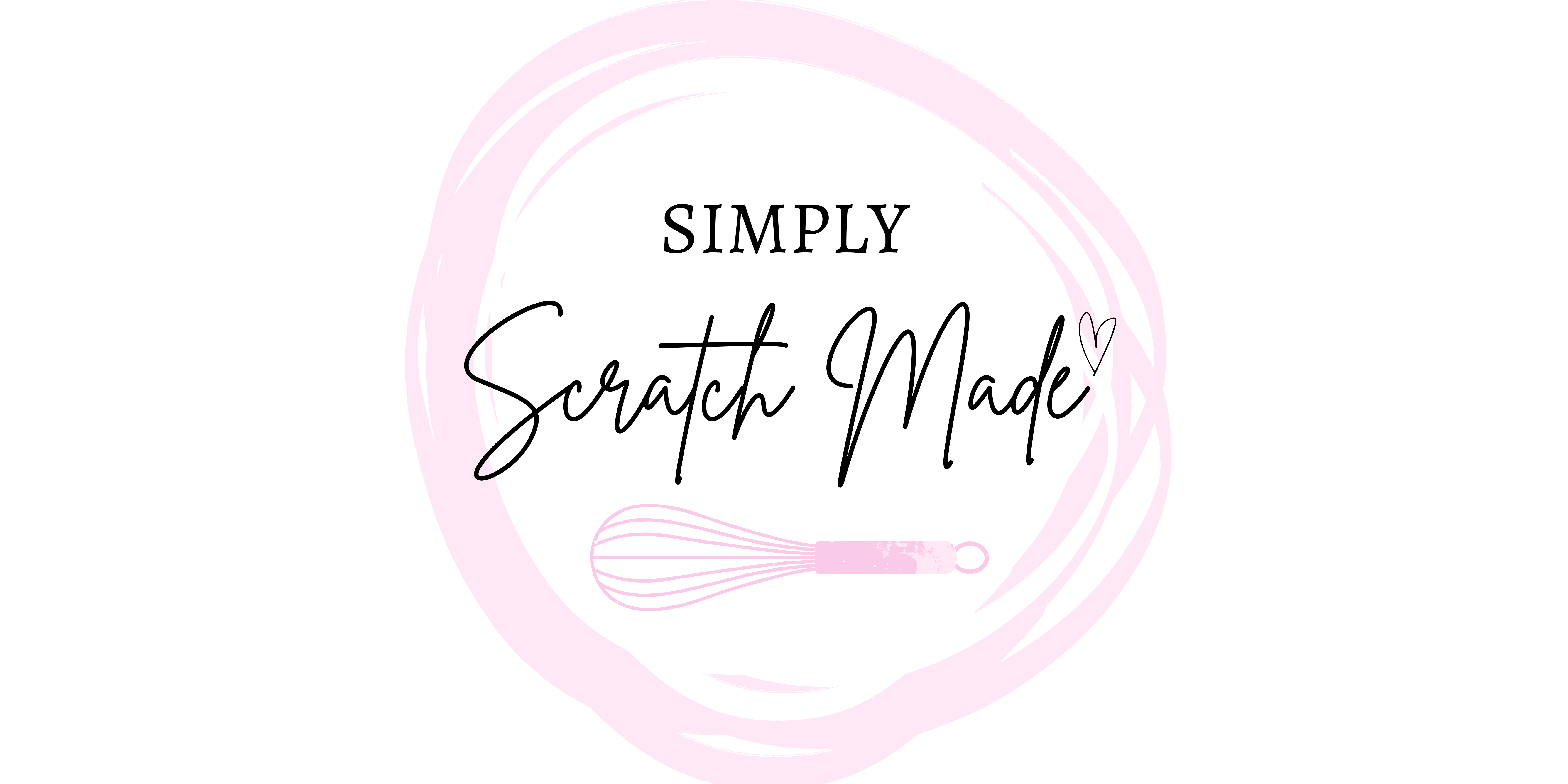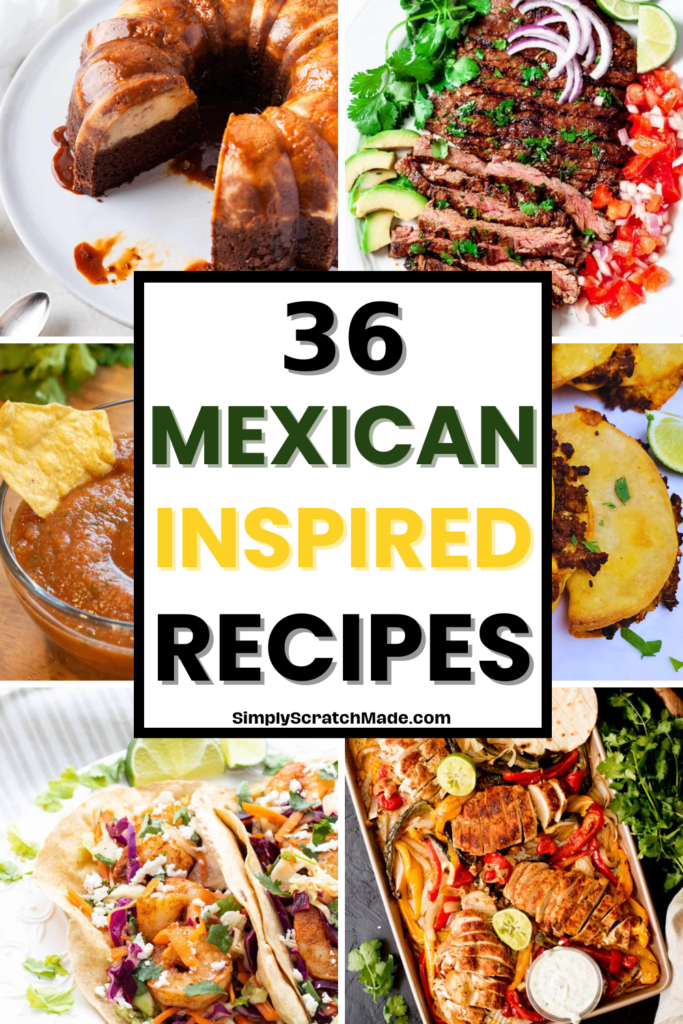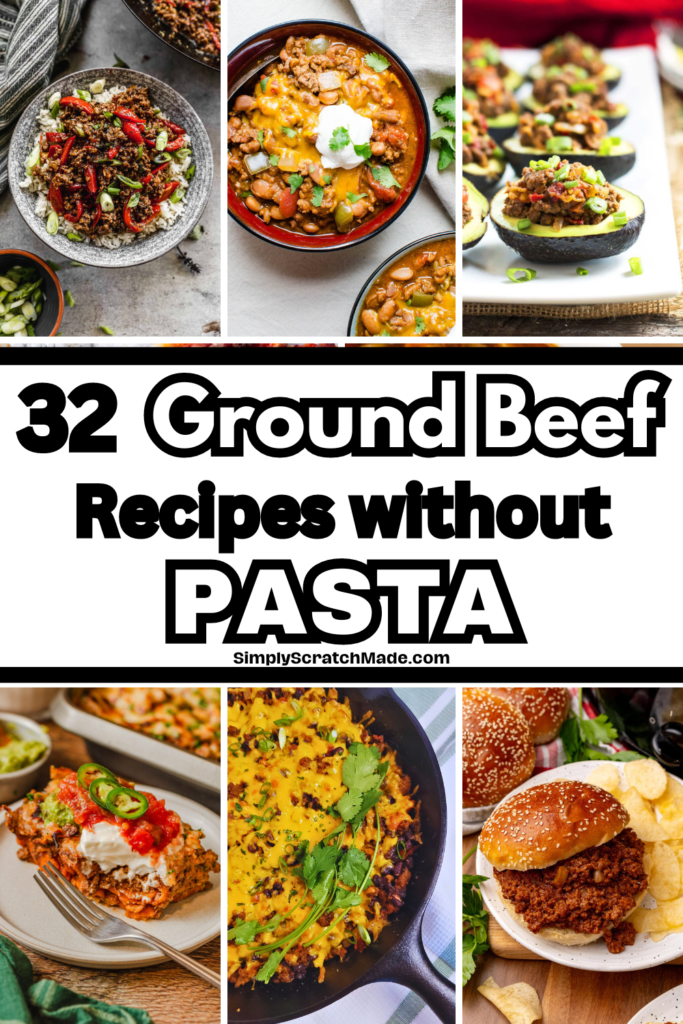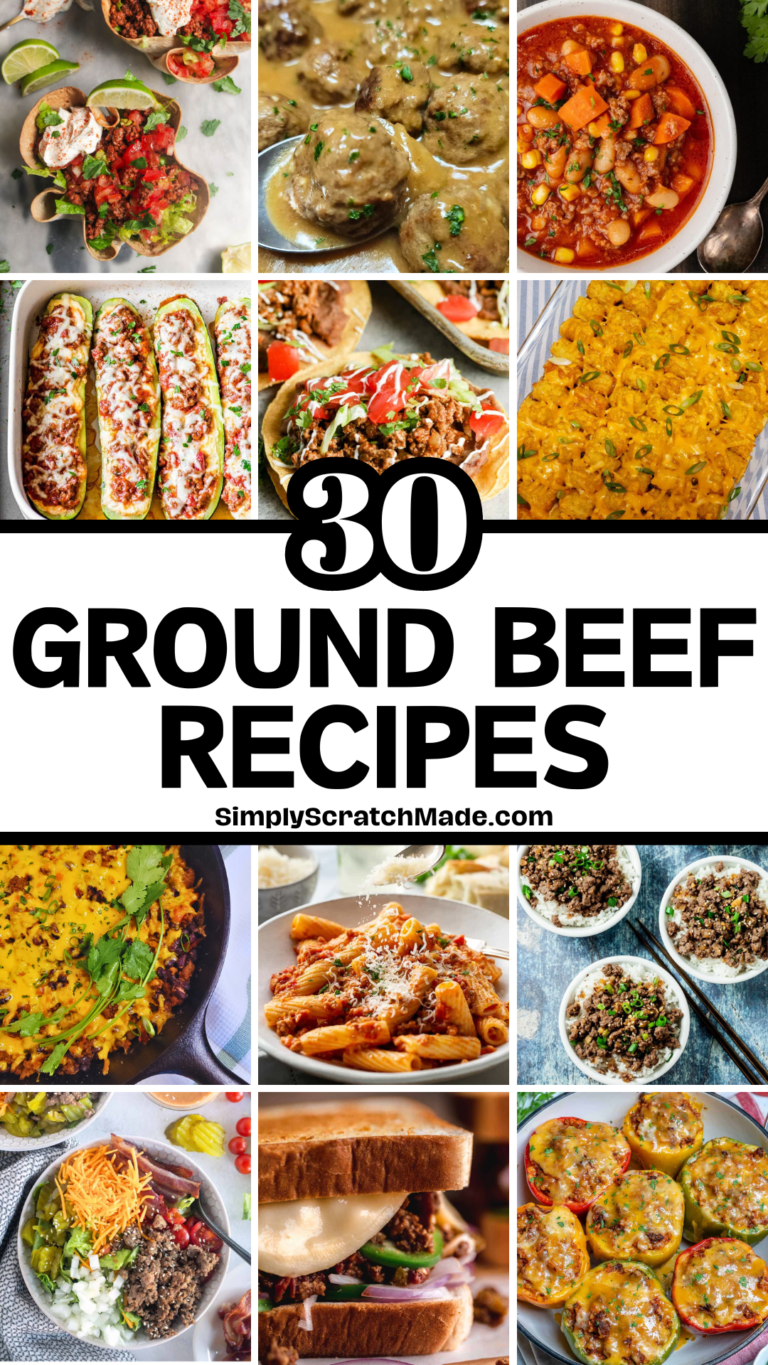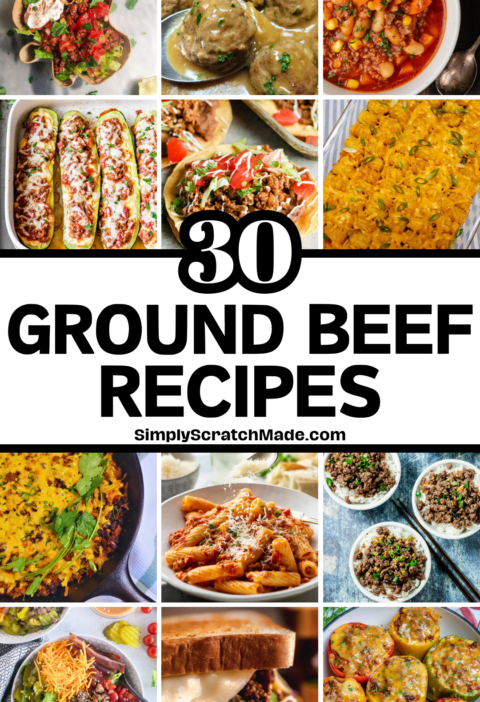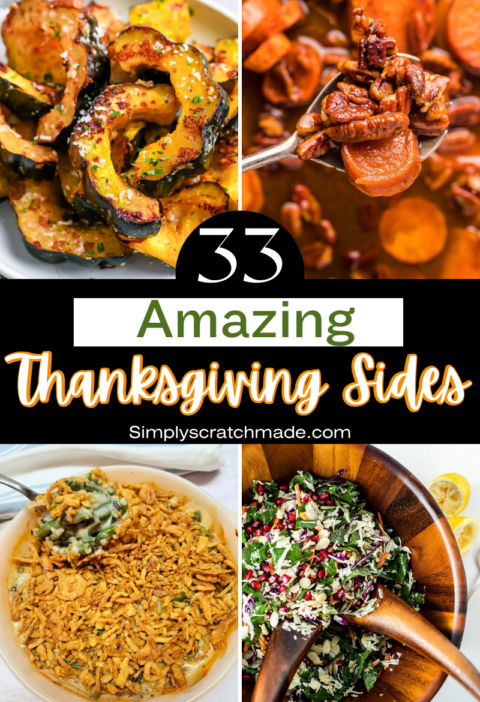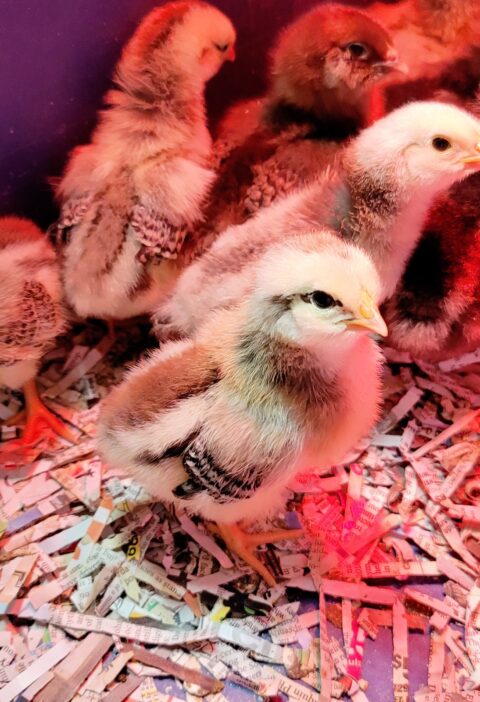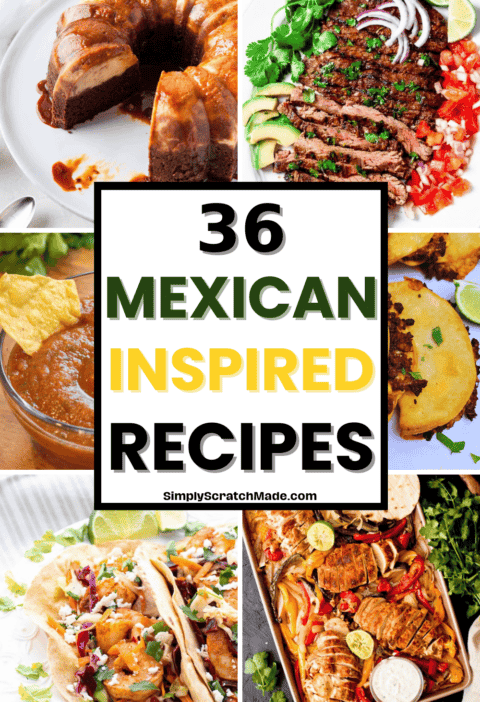Growing Herbs is very rewarding. Even if you do not garden for vegetables or fruit, having an herb garden is an excellent way to save money at the grocery store. Growing your own herbs at home means you are able to walk outside and grab what you need as often as you need it. You are also able to dry the herbs you grow which will save you even more money.
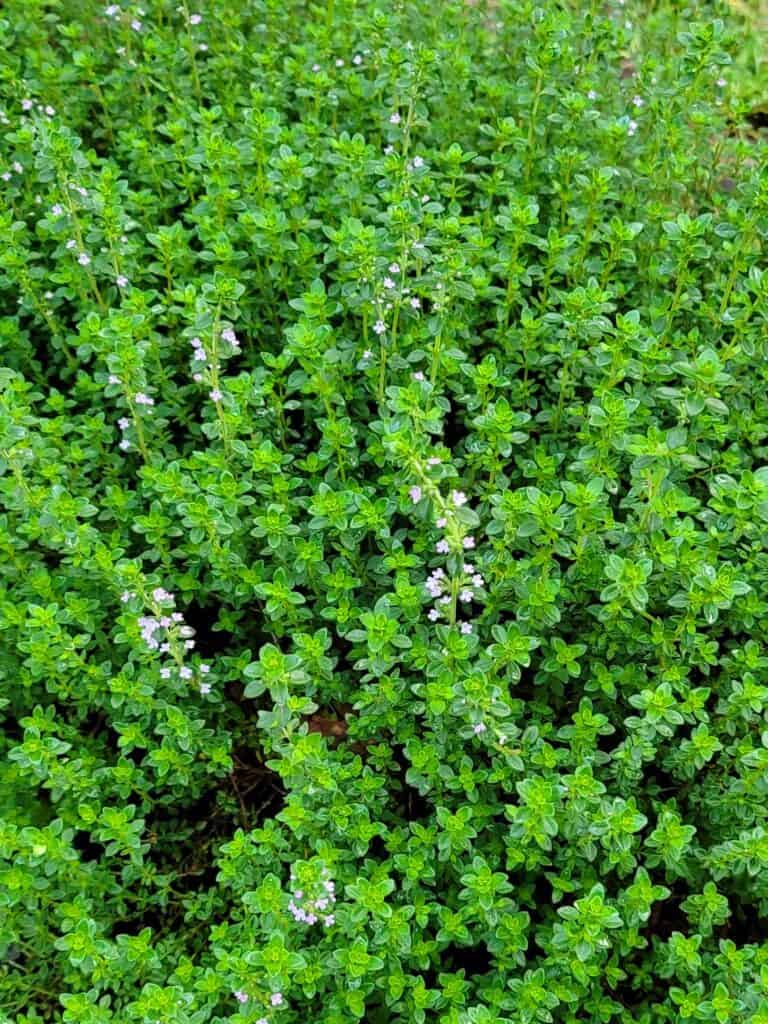
Freshly dried herbs pack far more flavor than the dried herbs you get from the grocery store. I believe that every home should have herbs growing in their yard for culinary use and medicinal use. Herbs are one of my favorite things to grow.
By growing herbs at home, you are able to grow a much larger variety of herbs than what you might find at your local grocery store. Most herbs come in many different varieties as well. You are also able to have access to much more fresh herbs and dried herbs when you need them. When I was buying fresh and dried herbs at the grocery store, I would often find that the herbs would be bad, or the store would be out of them.
The cost of fresh and dried herbs at the grocery store is quite high. A seed package is far less expensive than a package of fresh herbs or a jar of dried herbs. You can buy a package of seed for as little as $1 versus $3 to $5 for a bunch of fresh herbs that you have to use before they go bad.

Luckily herbs are easy to grow. Some are even perennial, meaning you only need to plant them once. These are my favorite, planting them once and harvesting from them year after year is wonderful. Some herbs are annuals, meaning you will have to plant them year after year.
In this post I want to share with you some of the herbs that you can grow at home in your herb garden. Throughout out my blog you will find lots of recipes using these herbs. Herbs offer huge flavor when added to dishes.
Herbs and Health
Herbs are great for using in the kitchen to add flavor to food, but they are also great for our health. If you search the internet for natural remedies for your common cold, or headaches, you will find herbs in your results. Herbs have been used for many years in treating symptoms from illnesses. For instance, fresh or dried mint leaves steeped in water can help with nausea.
Oregano is an antibacterial and an anti-viral. It can be used to help improve gut health and a lot more. Growing herbs for medicinal uses is an added benefit to growing herbs for culinary uses. There are many other medicinal uses for fresh herbs.
Planting Herbs
When planting herbs you will need to pick a spot that receives full sun. Herbs will need at least 7 to 8 hours of sun each day. Ideally you will want to plant your herbs close to your home. I like having mine in my kitchen garden. A Kitchen Garden is grown close to your house and is easy to access. The idea is that if you need to run out and grab something while cooking, it isn’t far away. I go more in depth on the Kitchen Garden in another post.
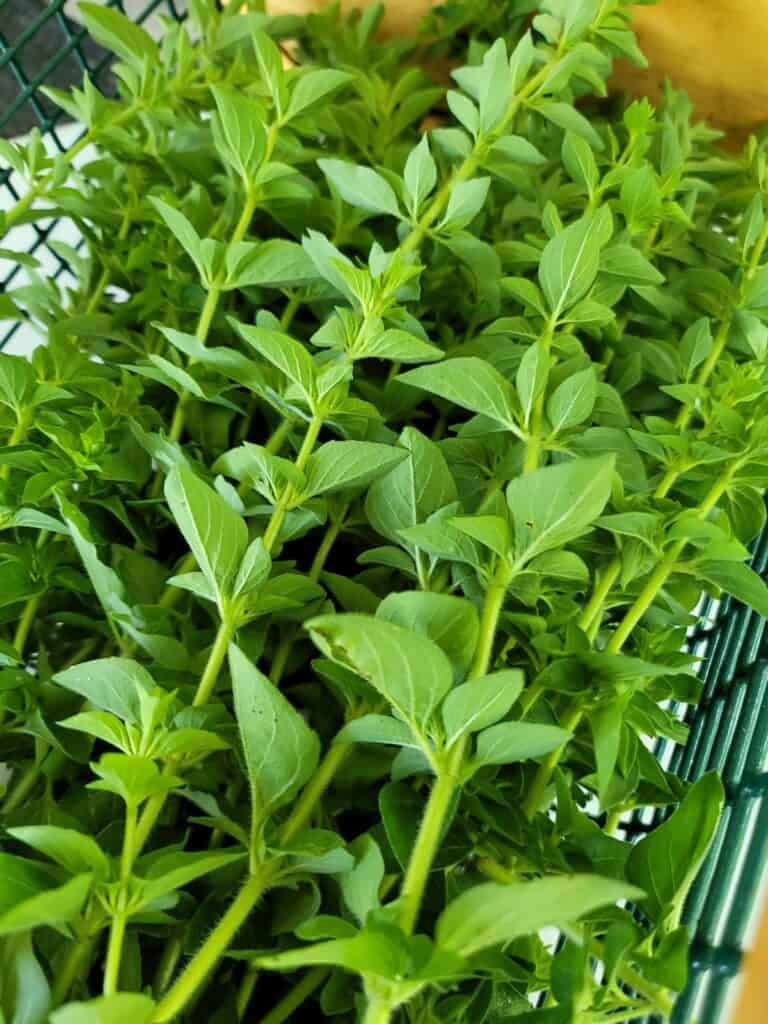
Soil
Herbs grow best in well-draining soil. A good compost is best for growing in. Amend your soil after each growing season. You can also grow herbs in containers, some are best kept contained. Growing in containers is rather easy, just make sure to use a good quality potting mix.
Fertilizing
When fertilizing perennial herbs, I usually fertilize at the beginning of spring when I am getting the garden ready. There is no need to regularly fertilize your herbs if they are growing in good nutrient dense soil. Annual herbs can be given fertilizer at planting time. Planting your herbs in good soil is key here.
Perennial vs. Annual Herbs
When planting herbs you need to know if the herb is a perennial or annual for your growing zone. You can find your growing zone by searching for hardiness growing zones. Knowing your growing zone will greatly help you understand what grows well in your area.
Perennial herbs should be planted in a permanent spot. Since they will come back, or may never die back, year after year you will want to make sure you plant them in a spot you want them to stay.
Annual herbs will need to be planted each growing season. These types of herbs can be planted in any spot that you want them to grow.
Perennial Herbs
Thyme – This a great herb to grow at home. It is extremely versatile in cooking. It pairs well with roasted meats, potatoes and much more. It also dries easily. Thyme will quickly spread out wherever you plant it. So, keep in mind when you are planting it that it will grow much larger. It can be cut back pretty aggressively if needed and recover just fine.
Like many herbs, Thyme comes in many different varieties. Each variety offers a different scent and taste when cooked with. I have a lovely 3-year-old Lemon Thyme plant in my Kitchen Garden that is absolutely delicious!
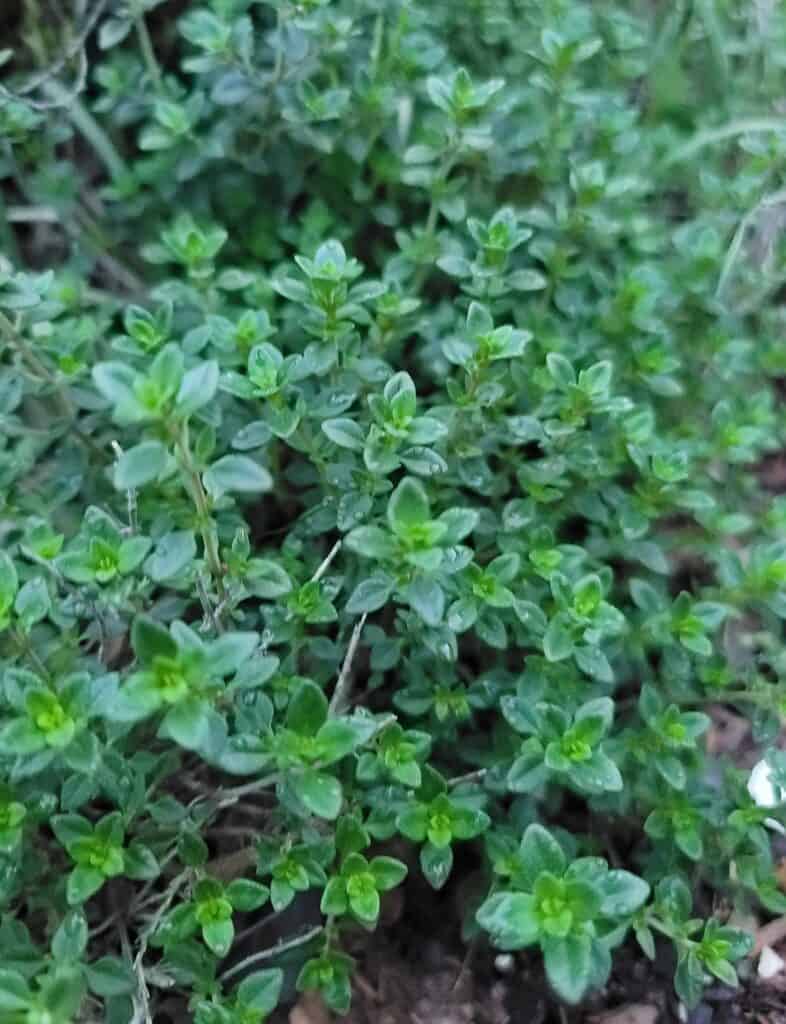
Oregano – This is my favorite herb to cook with. You will find Oregano in a lot of my recipes. It has a wonderful herby flavor that pairs with almost anything from vinaigrettes to fried chicken. It is a must have in any Kitchen Garden. Oregano also comes in many different varieties. It is probably one of the fastest herbs to dry for me.
Oregano will spread aggressively and should be grown in its own spot. It is a great herb to grow in a container. Since it grows so fast, I like to cut it back regularly and dry it.

Rosemary – Is a great aromatic in cooking. It is beautiful grown like a shrub and is drought tolerant. It is great in bread, on roasted potatoes and on meats. The smell alone is lovely but is a great plant to add to your Kitchen Garden.
Sage – Probably the one herb in my Kitchen Garden that I grow mainly for one dish. It does pair wonderfully in many different dishes, but my southern heart had to have it for Dressing. The blooms on Sage are beautiful and the pollinators love them.
Sage is another drought tolerant plant that is easy to grow. It also comes in many different varieties. I just recently added Pineapple Sage to my garden and was amazed at how different the taste is from common Sage.
Mint – This herb should be grown in a container because of its aggressive growing habit. Mint will take over any spot that you plant it in. Mint is a great herb to grow for tea leaves or adding to a dessert. It is also great for flavoring drinks. Mint is a wonderful herb to grow for its many medicinal uses.
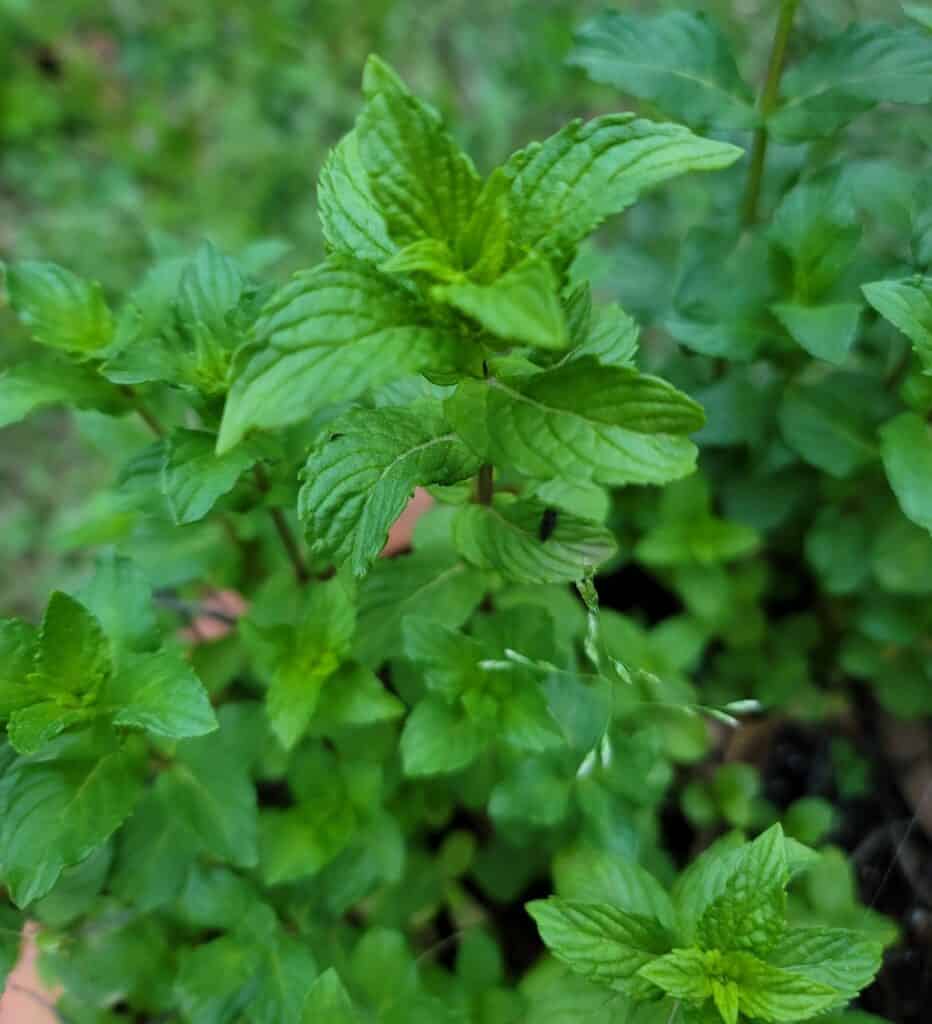
Parsley – A great herb to have growing in any Kitchen Garden. It has more uses than just a garnish on a plate. It has excellent flavor and goes well in many dishes. To keep parsley producing you will need to cut the flower stalk when it starts to shoot up. This not only keeps the plant producing but will make it bush out more.
Lavender – This herb can be rather tricky to grow. It prefers well-draining soil and does well getting to dry out a bit before each watering. When growing lavender be sure to plant it in an area that you do not need to frequently water. I learned this the hard way the first time I tried growing Lavender.

This beautiful flowering plant has an amazing fragrance. Lavender is great as an aromatic for your house. It is also great to use in baked goods.
Chives – This herb adds beauty to any garden. The flowers on the chive plants are stunning. The pollinators love them. Both the flowers and the plant are edible. There are many uses for chives in the kitchen. Chives offer an onion flavor to dishes. They are great grown in gardens and in containers.
Annual Herbs
Basil – This tender herb is my favorite annual herb to grow in the garden. Basil is super easy to grow and will reseed like crazy. Basil is a very aromatic herb that pairs well in Italian inspired dishes, pasta salads and even desserts. It dries super easy. You can easily put up enough dried basil to make it through the year.
This herb will die as soon as a frost happens. It thrives in the summer but will need to be maintained to keep it growing. Once it flowers the flavor changes.
To keep it growing all season long you will need to pinch off the flowers when you see them forming. Basil will flower continuously but can be grown throughout the summer by pinching the flowers. I usually allow it to flower at the end of the season, because the pollinators LOVE it.
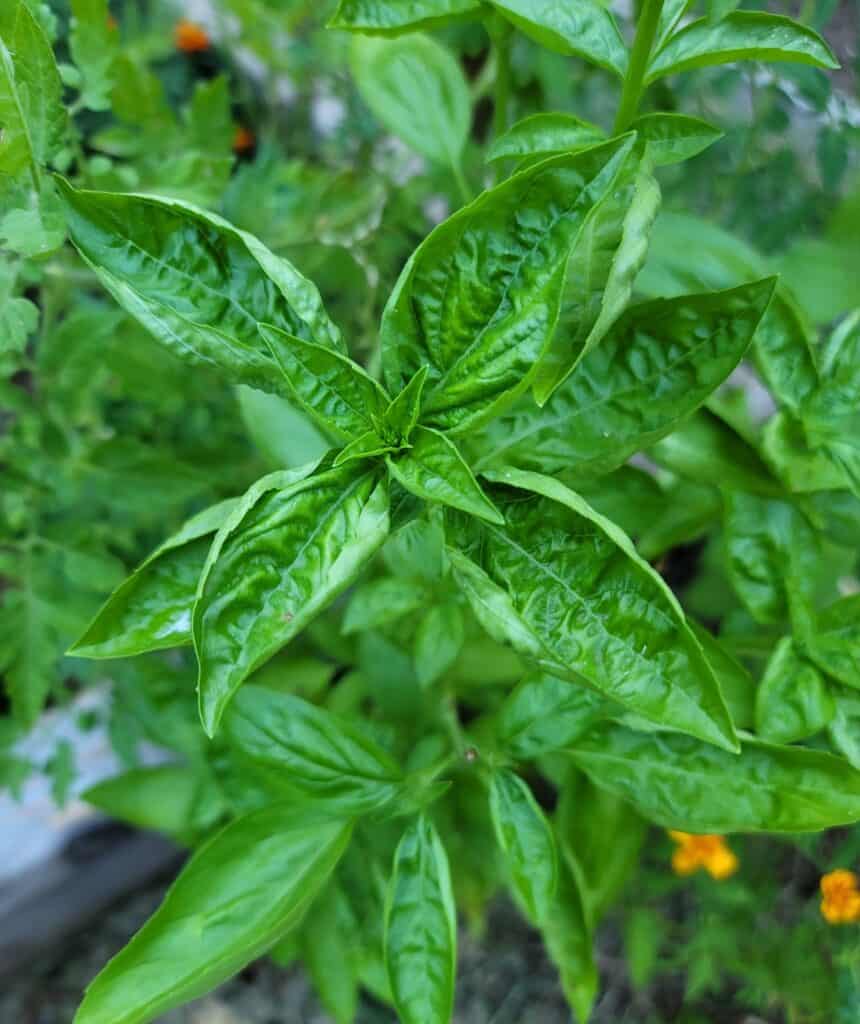
There are many different varieties of basil you can grow. One of my favorite ones to grow specifically for making tea is Cinnamon Basil.
Cilantro – Unlike most herbs, Cilantro prefers cooler weather. Here in East Texas, I can grow it in the fall and through the winter. When it warms up in the spring it goes to seed. Cilantro seeds can be saved and used in cooking. They are Coriander. You will need to start Cilantro in early spring then again in the fall. It will not grow through the heat of the summer.
Cilantro is great in many different cuisines from Mexican to Indian. Unfortunately for me, it does not stick around long enough for the tomatoes and pepper to come in.
Chamomile – Chamomile is mostly known for its use in tea. The dainty little flowers are harvested, dried and used to make the tea. Chamomile is easy to grow and a great pollinator.

Dill – This herb is easy to grow. You can dry it for later use, but the flavor is best when used fresh. Dill is great on fish, potatoes, salads and more. My favorite way to use dill is in making pickles. Dill will reseed easily and is very frost tender. Sowing dill every few weeks will ensure you are able to have fresh dill throughout the spring and summer.
Dill flowers are great for pollinators and the seeds can also be used in cooking or saved for the next growing season.
There are many more perennial and annual herbs that you can grow. This is just a basic list of herbs that are the most commonly cooked with.
Wherever you are in you gardening journey, I hope that this post will help encourage you to start growing herbs in your own garden. Herbs are very beneficial to ever garden, big or small.
Don’t Forget to Share and Pin
Like this post?
Leave a review below, I would love to hear your thoughts! ⭐⭐⭐⭐⭐
Check out these posts next…
36 Mexican Inspired Recipes
Whether you are planning a Cinco de Mayo party or just looking for some inspiration, this list of 36 Mexican Inspired Recipes is a fantastic place to start. From delicious slow roasted pork carnitas to classic Mexican inspired dips, this post has so many recipes to choose from. If you are craving enchiladas, I’ve got…
32 Ground Beef Recipes without Pasta
In this collection of 32 Ground Beef Recipes without Pasta you will find everything from simple ground beef casseroles to ground beef stir fry, to ground beef fajitas, all without pasta. Whether you are looking for a simple weeknight meal or something to impress your guests, these are the recipes you will be making over…
30 Easter Dessert Recipes
If you are planning on serving desserts for Easter this post of 30 Easter Dessert Recipes, has you covered. From delicious cakes to cute bunny butt cupcakes, this post has a wide variety of Easter desserts to add to your celebration this year. Seasonal baking is always so much fun. From bright colored candies and…
30 Ground Beef Recipes
Ground beef is such a versatile protein to cook with. It is a fantastic protein to keep on hand and very easy to cook with. Which is why I have rounded up 30 Ground Beef Recipes from across the internet to bring you some of the best ground beef recipes to cook in your kitchen.…
